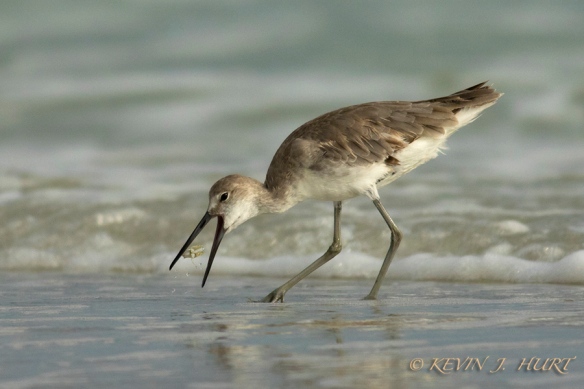People are funny. I think most of us are guilty of living by the old adage of “the grass is always greener”. Fishermen are always thinking that the big fish is around the next creek; while hunters obviously seem to think the bucks are bigger on the neighboring ranch or they wouldn’t put their hunting blinds right on the fence line. And photographers…well, our next great image is just a photo safari away. Even if we are not booking flights to some remote destination, how many of us drive for hours to photograph a subject, completely overlooking the abundance of photographic gems to be had in our own backyard? Too often I’ve been guilty of this so I now make a conscious choice to regularly photograph at home. I’m not saying I never drive long distances anymore, or that I don’t go on photographic ventures in distant places. I do and hopefully will always be able to do so, but as I just stated there are many photographic opportunities to enjoy at home. Granted, my current backyard is a little under 2 acres, whereas my former backyard was a small suburban lot. Honestly, that really doesn’t matter. Once I made a deliberate effort, I was able to capture some great images at both homes. The thing I hope you take away from the photos I share in this post is this…great images can be captured anywhere. All you have to do is realize how green the grass is at your own home…so put away the computer, turn off the t.v., and go discover the wilderness on your backyard photo safari. You’ll be glad you did!
Until next time, good light and keep shooting. — KEVIN
The images below are just a small sample from my current backyard. Click on the images for a better view.

Downy Woodpecker. Canon 7D | 500/4.5 | f8 | ISO320

Carolina Chickadee. Canon 7D | 500/4.5 | f5.6 | ISO640

White-breasted Nuthatch. Canon 7D | 500/4.5 | Canon 580ex fill flash at -2 FEC

Ruby-throated Hummingbird. Canon 7D | ISO 200 | 70-200/2.8

Pine Warbler. Canon 7D | 500/4.5mm | f7.1 | ISO 800

Tufted Titmouse. Canon 7D | 500/4.5mm |f7.1 | ISO 800

Eastern Phoebe. Canon 7D | 500/4.5 | f7.1 |ISO 800
The images below are from my old suburban backyard in Texas, taken by myself or one of my children.

Black-crested Titmouse. Canon 1DsMkII | 500/4.5 | f 5.6 | ISO 200

Yellow Sunflower: Flowering Plants Category.

Canon 7D | 50/1.8 @ f18 | 30 sec exposure | ISO 200

Butterfly. Canon 1DMkII | 135/2.0 + extension tube

House Sparrow. Canon 1DsMkII | 500/4.5 | f5 | ISO 200

White-winged Dove. Canon 1DsMkII | 500/4.5 | f 6.3 | ISO 200





























